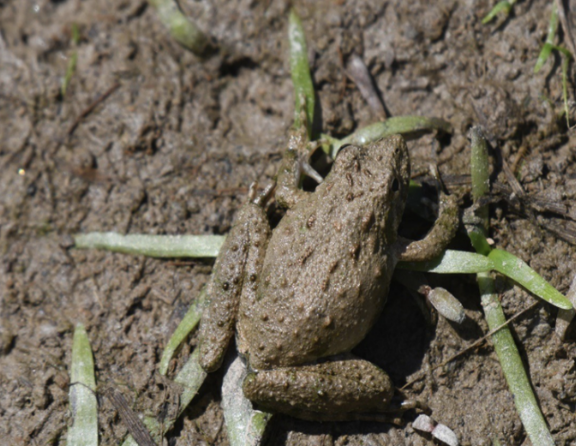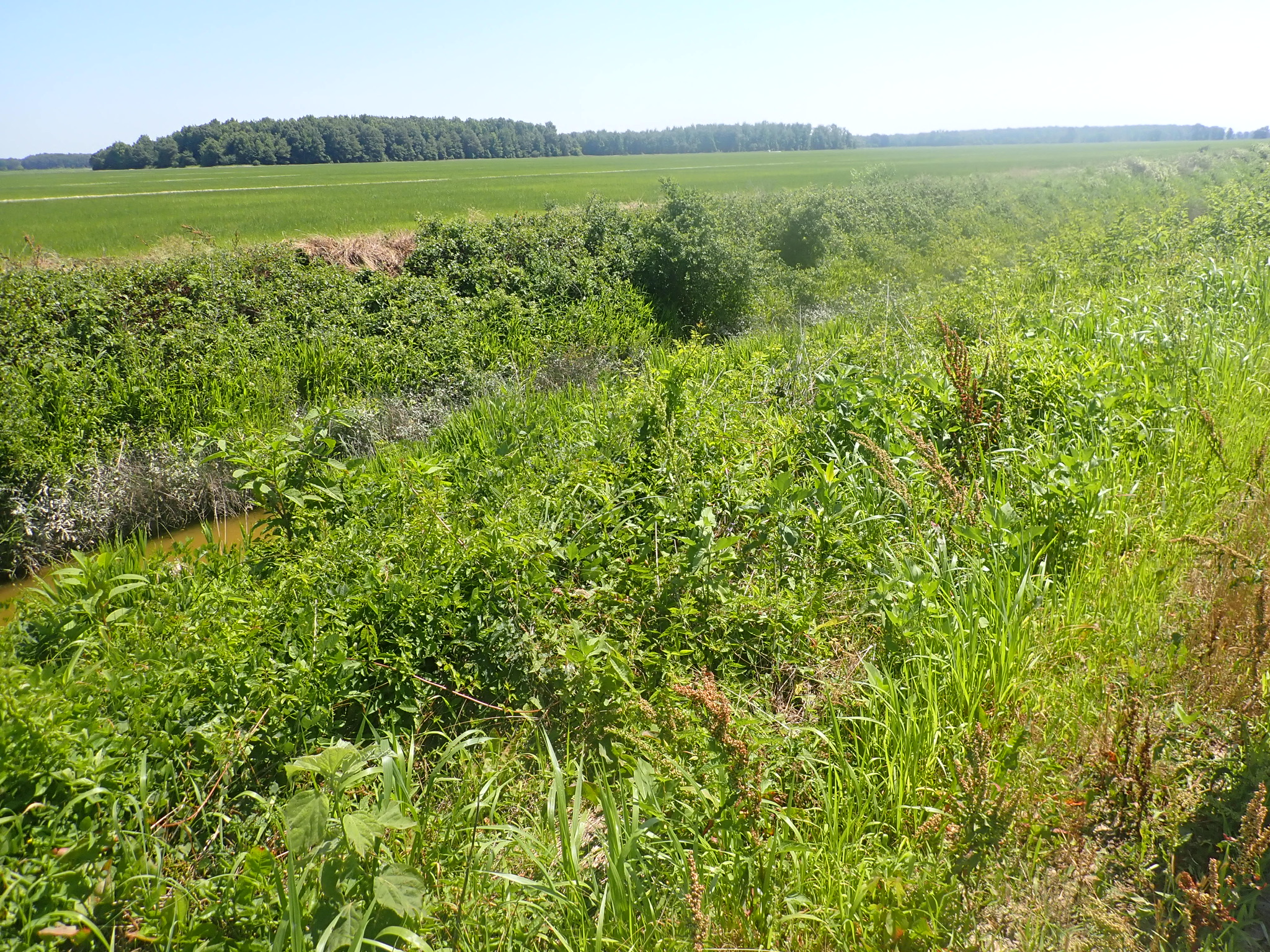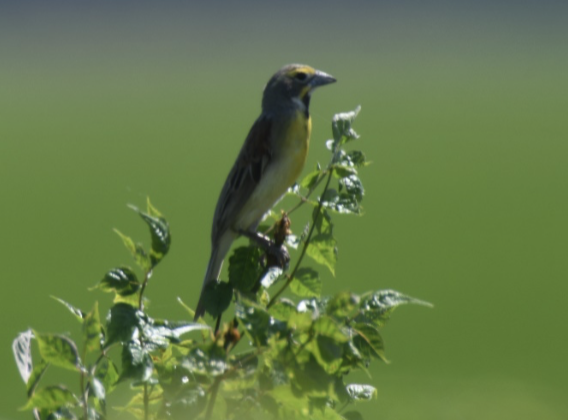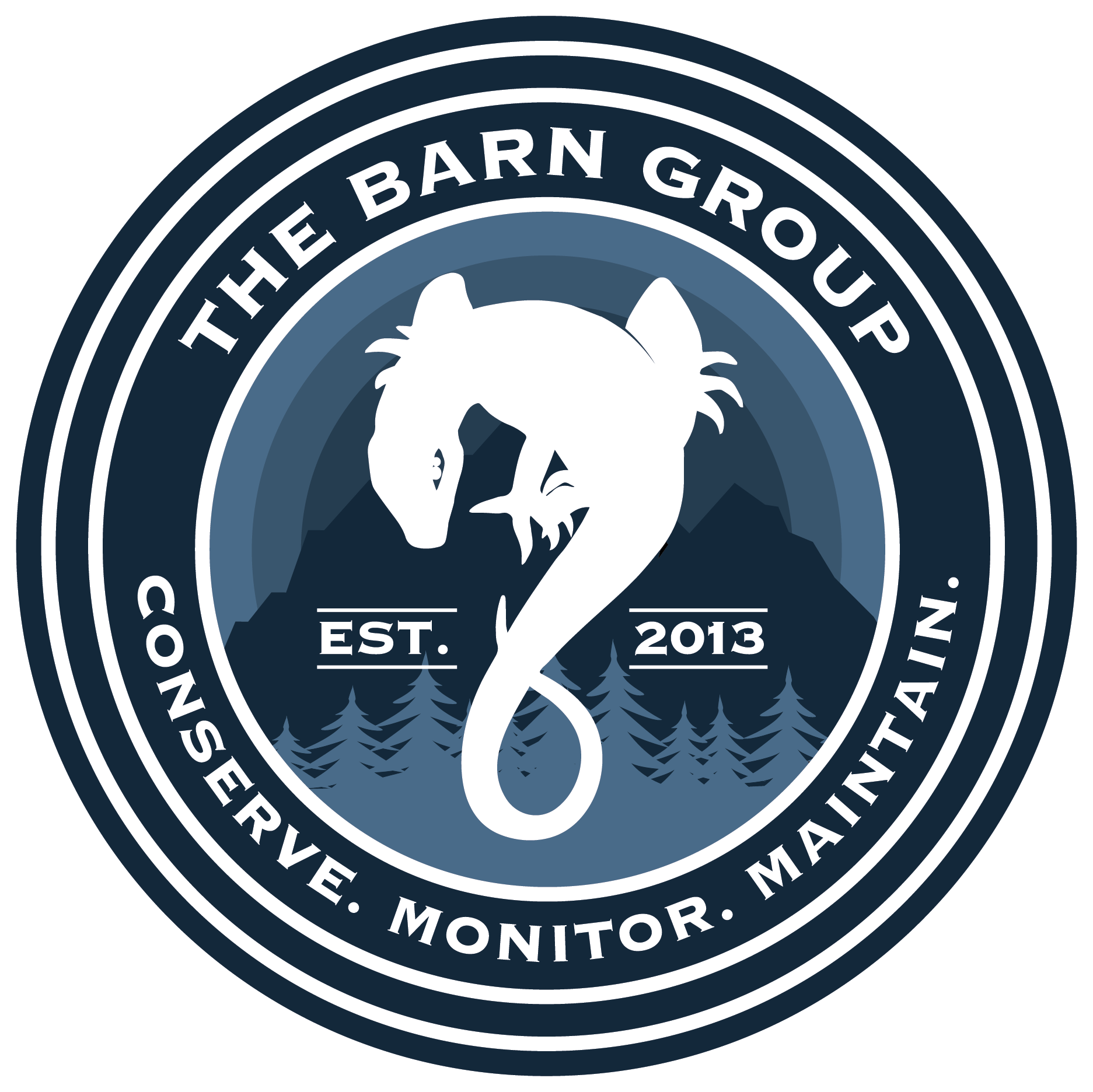Missouri Floodplain
The Barn Group (TBG) currently holds four conservation easements on properties located within the Mississippi Alluvial Plain region of Missouri. Each of the properties provides a diverse array of ecological services that not only supports native plant and wildlife species in the area, but also promotes the goals and objectives of several local and national conservation initiatives.

Habitat Features
The conserved properties in this region are characterized by a mixture of cultivated cropland, deciduous forest, and wetland habitat. The wetland-based nature of rice production agriculture can provide many of the ecological services of that of a natural wetland if managed properly. As native wetland communities in Missouri have been reduced by approximately 87 percent since 1800, these actively flooded fields bolster local species diversity, while being actively cultivated to provide food for the region. A diverse range of vegetation can also be found near field perimeters where the land is not cultivated. Agricultural ditches that border crop production fields provide valuable opportunities for vegetation to thrive. Migration, wintering, or breeding habitat for waterbirds may exist in various forms on agricultural lands without specific wetland management, and include ephemerally or perpetually flooded crop fields, irrigation or drainage ditches, or flooded field buffer habitat. This variability of habitat alongside heavy water presence provides additional habitat diversity for a variety of wildlife species, particularly migratory and resident bird species.
Land Use
The Mississippi Alluvial Plain is mostly broad and flat with river terraces and levees providing the main elements of relief. In Missouri, this region is the northern biotic limit for many coastal plain species. Most of the natural bottomland deciduous forest has been removed for agricultural purposes through extensive clearing and draining. Cotton, soybeans, milo, corn, and sugarcane are the predominant crop varieties grown within the region. Furrow irrigation is used in many areas during droughty parts of the season. Networks of drainage canals and ditches help to remove excess surface water from cropland.


Species Diversity
TBG biologists have done in-field surveys, audio surveys, and game camera surveys to document the wildlife diversity utilizing these conserved habitats. Several plant and animal species such as Blanchard’s cricket frog, green tree frog, and southern leopard frog have been documented on each of the properties located here utilizing agricultural canals, as well as flooded areas, for breeding. Several Species of Greatest Conservation Need (“SGCN”) were also documented on the conserved properties, including the dickcissel, Mississippi kite, wood thrush, yellow-billed cuckoo, swamp rabbit, and three-toed box turtle. However, this only represents a fraction of the diversity hosted in this area. The properties within this region, including the abundant resources they provide, will be preserved in perpetuity for the maintenance and support of these sensitive populations.
